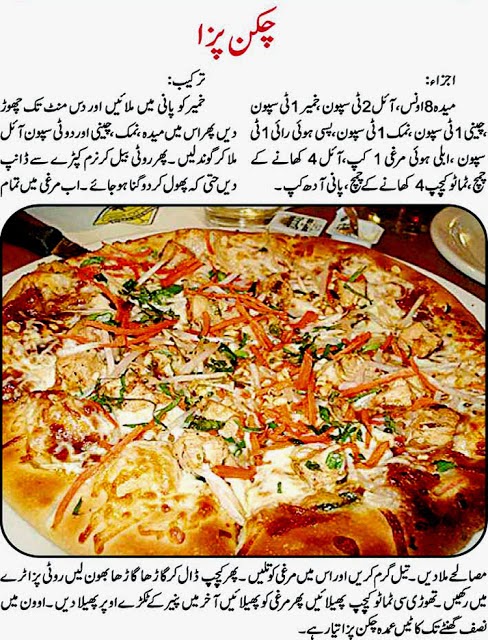1-1/2 cups pecan halves, toast
Make the cakes
Position racks in the upper and lower thirds of the oven and heat the oven to 350°F. Grease the sides of three 9x2-inch round cake pans with butter and line the bottoms with parchment circles.
Put the chocolate in a small bowl and pour the boiling water over it. Let stand for several seconds and then whisk until the chocolate is dissolved. Set aside until cool to the touch before mixing the batter.
Sift the flour, baking soda, and salt onto a sheet of waxed paper. Whisk the eggs in a small measuring cup.
Beat the butter for a few seconds in a stand mixer fitted with the paddle attachment on medium-low speed. Add the sugar in a steady stream and then beat on medium speed, scraping the bowl as necessary, until the mixture is lightened in color and fluffy, 4 to 5 minutes. Still on medium speed, add the eggs a little at a time, taking a full 1-1/2 minutes to add them all. Add the melted chocolate and vanilla and beat just until blended. With the mixer turned off, add a quarter of the flour mixture. Mix on medium-low speed just until incorporated. Add a third of the buttermilk and mix until blended. Repeat, each time adding another quarter of the flour, then a third of the buttermilk, until the last of the flour is added. Scrape the bowl as necessary and mix each addition only until it is incorporated.
Divide the batter among the pans and spread it evenly. Bake, rotating the pans and swapping their positions, until the cakes just start to pull away from the sides of the pans and spring back when very gently pressed with a finger, 20 to 25 minutes. Let the cakes cool in their pans on a rack for 10 minutes.
Run a knife or small spatula around the edges to separate the cakes from the pans. Turn the cakes out onto the rack and peel off the parchment. Cool completely.
Make the filling
Spread the coconut on a rimmed baking sheet. Bake at 350°F, stirring every 2 minutes, until golden-brown, about 10 minutes. Scrape the toasted coconut onto a sheet of waxed paper and let cool completely.
Whisk the egg yolks with the evaporated milk, sugar, vanilla, and salt in a heavy-duty, nonreactive 4-quart saucepan. Add the butter. Set over medium heat and stir constantly with a heatproof spatula, scraping the bottom and corners of the pot. When the mixture starts to boil, adjust the heat so that it boils actively but not furiously, and cook, stirring constantly, until golden and thickened, 3 to 4 minutes. Off the heat, stir in the coconut and pecans. Let cool completely.
Assemble the Cake
Put one cake layer on a cake plate. Spread a third of the filling over the top of the cake, leaving a 1/4-inch border. Top with a second cake layer. Spread with half of the remaining filling. Put the third cake layer on top and cover it with the remaining filling. Leave the sides of the cake exposed. Serve at room temperature.
Make Ahead Tips
The cake will keep in the refrigerator for up to 2 days. Let it come back to cool room temperature before serving.ed and coarsely chopped
